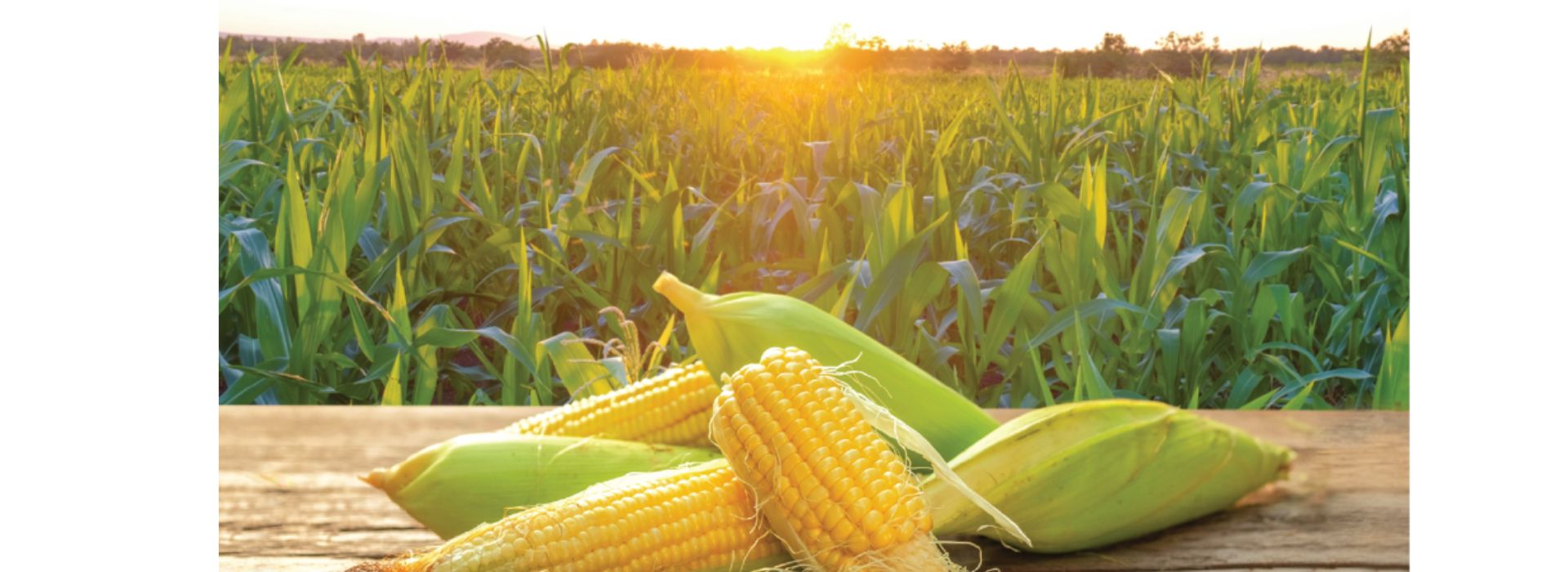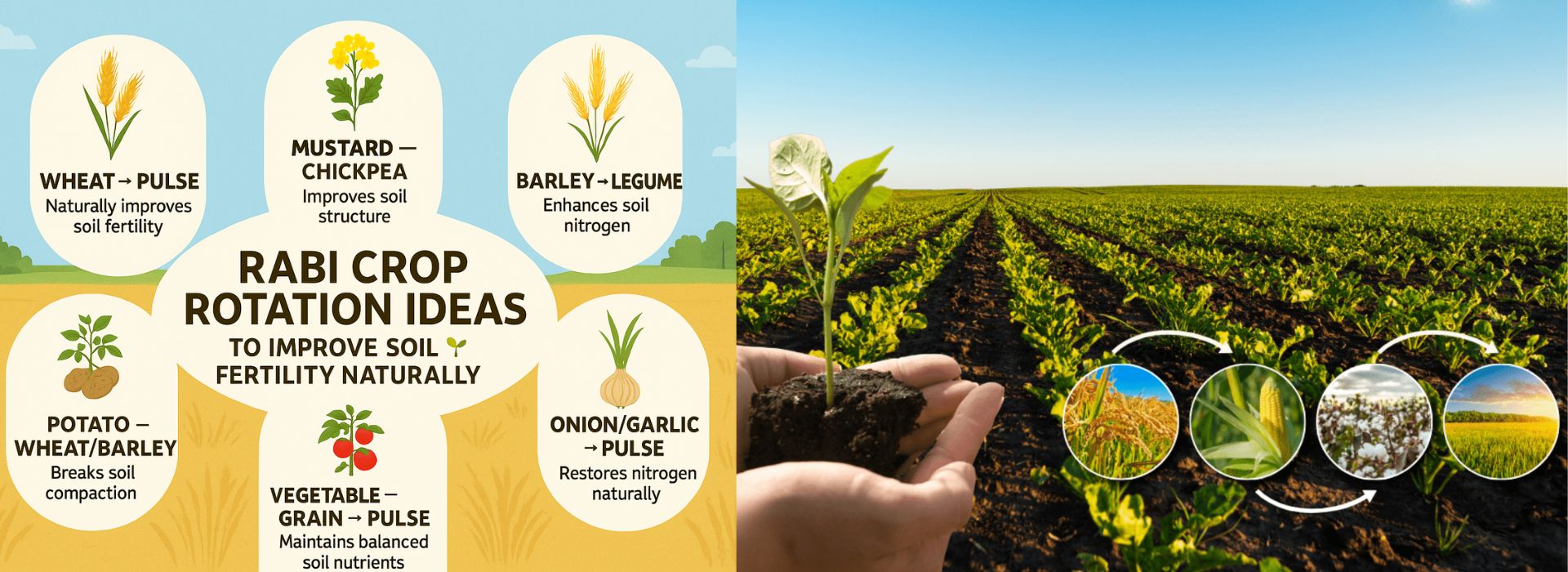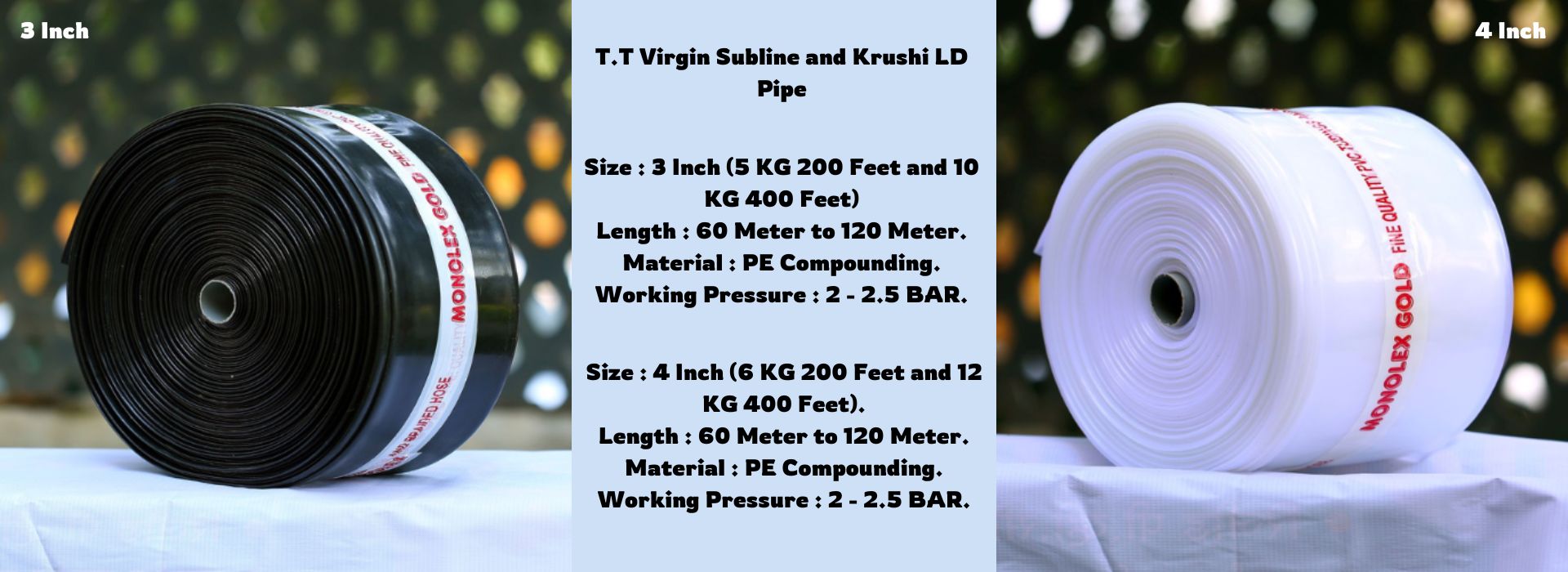The Secrets to Growing Sweet Corn Successfully: A Beginner's Guide to Sweet Corn Seeds
March 26, 2024Growing your own sweet corn can be a rewarding
experience, but it's important to know the secrets to success. In this
beginner's guide to sweet corn seeds, you'll discover everything you need to
know to grow delicious, sweet corn in your own backyard. Whether you're a
seasoned gardener or just starting out, this article will provide you with all
the tips and tricks you need to ensure a bountiful harvest.
From choosing the right variety of sweet corn seeds
to planting and caring for your crops, we'll cover it all. You'll learn about
the best soil conditions, proper watering techniques, and how to protect your
corn from pests and diseases. With our expert advice, you'll be able to avoid
common pitfalls and maximize your corn yield. Click Here and Buy Best Quality Sweet Corn seeds
Imagine sinking your teeth into juicy, tender corn on
the cob that you grew yourself. This guide will help you turn that dream into a
reality. So grab your gardening gloves and get ready to grow the sweetest, most
delicious corn you've ever tasted.
Understanding Different
Varieties of Sweet Corn Seeds
When it comes to growing sweet corn, choosing the
right variety of seeds is crucial. There are several different types of sweet
corn to choose from, each with its own unique characteristics and flavor
profiles. Understanding the differences between these varieties will help you
select the perfect seeds for your garden.
1 Standard
Sweet Corn: This is the most common type of sweet corn and is known for its
juicy kernels and sweet flavor. It is typically harvested when the kernels are
fully matured and the husks are dry.
2. Sugar-enhanced
Sweet Corn: This variety has a higher sugar content than standard sweet
corn, resulting in an even sweeter and more tender corn. It is best to harvest
sugar-enhanced sweet corn when the kernels are still in the milk stage.
3. Super-sweet
Corn: Super-sweet corn has an exceptionally high sugar content, making it
incredibly sweet and flavorful. It is important to note that super-sweet corn
requires isolation from other varieties to prevent cross-pollination.
Choosing the Right Location
for Planting Sweet Corn
The success of your sweet corn crop depends on
choosing the right location for planting. Here are some factors to consider
when selecting the perfect spot in your garden:
4. Sunlight:
Sweet corn requires full sun to thrive, so choose an area that receives at
least 6-8 hours of direct sunlight per day.
5. Soil
Drainage: Sweet corn prefers well-drained soil to prevent waterlogging and
root rot. Avoid planting in areas with heavy clay soil or poor drainage.
6. Wind
Protection: Corn plants can be easily damaged by strong winds, so consider
planting near a fence or windbreak to provide protection.
7. Spacing:
Sweet corn is typically grown in blocks rather than rows to ensure proper
pollination. Leave enough space between each plant to allow for adequate
airflow and pollination.
Preparing the Soil for
Sweet Corn Seeds
Before planting your sweet corn seeds, it's important
to prepare the soil to provide the best possible growing conditions. Follow
these steps to prepare your soil:
8. Clear the
Area: Remove any existing weeds, rocks, or debris from the planting area.
This will help prevent competition for nutrients and ensure optimal growth.
9. Loosen
the Soil: Use a garden fork or tiller to loosen the soil to a depth of at
least 8-10 inches. This will promote root development and allow for better
water and nutrient absorption.
10. Amend the
Soil: Sweet corn thrives in soil with a pH level between 6.0 and 6.8. Test
your soil's pH level and amend it accordingly using organic matter or lime to
adjust the acidity.
Planting Sweet Corn Seeds -
Spacing and Depth
Once your soil is prepared, it's time to plant your
sweet corn seeds. Follow these guidelines for proper spacing and planting
depth:
11. Spacing:
Plant your sweet corn seeds in blocks rather than long rows to ensure proper
pollination. Leave about 12-18 inches of space between each plant, both within
and between rows.
12. Planting
Depth: Sweet corn seeds should be planted approximately 1-2 inches deep.
Planting too shallow may result in poor germination while planting too deep
can delay emergence.
13. Planting
Technique: Create a furrow in the soil using a garden hoe or your hands.
Drop the seeds into the furrow, spacing them according to the guidelines
mentioned earlier. Cover the seeds with soil and gently press down to ensure
good seed-to-soil contact.
Watering and Fertilizing
Sweet Corn Plants
Proper watering and fertilization are essential for
the healthy growth of sweet corn plants. Follow these guidelines to ensure your
plants receive the right amount of water and nutrients:
14. Watering:
Sweet corn requires consistent moisture, especially during the tassel and silk
stage. Water deeply once or twice a week, providing about 1-1.5 inches of water
per week. Avoid overhead watering to prevent diseases.
15. Fertilization:
Sweet corn is a heavy feeder and requires ample nutrients to produce a
bountiful harvest. Before planting, amend the soil with well-rotted compost or organic
matter. Additionally, apply a balanced fertilizer with a ratio of 10-10-10 or
similar during planting and again when the plants are about knee-high.
16. Mulching:
Apply a layer of organic mulch around your sweet corn plants to conserve
moisture, suppress weeds, and regulate soil temperature. This will also help
prevent the soil from drying out too quickly.
Managing Pests and Diseases
in Sweet Corn Crops
Pests and diseases can pose a threat to your sweet
corn crop if not managed properly. Here are some common pests and diseases to
watch out for and how to control them:
17. Corn
Earworm: These pests can damage the ears of corn by feeding on the kernels.
Apply an insecticide containing Bacillus thuringiensis (Bt) when the silks
first appear to control corn earworm infestations.
18. Japanese
Beetles: These beetles feed on the leaves of sweet corn plants, causing
skeletonized foliage. Handpick the beetles and drop them into a bucket of soapy
water to control their populations.
19. Common
Diseases: Sweet corn can be susceptible to diseases such as leaf blight,
rust, and smut. To prevent these diseases, practice crop rotation, provide
adequate spacing between plants, and remove and destroy any infected plant
material.
Harvesting Sweet Corn at
the Right Time
Knowing when to harvest your sweet corn is crucial to
ensure maximum
At krishibazaar.in, you can find and buy various agricultural products. For agricultural guidance on selecting the most suitable products for your crops, please contact or WhatsApp at +917887880887






Guest reviews
No reviews found for this Blog